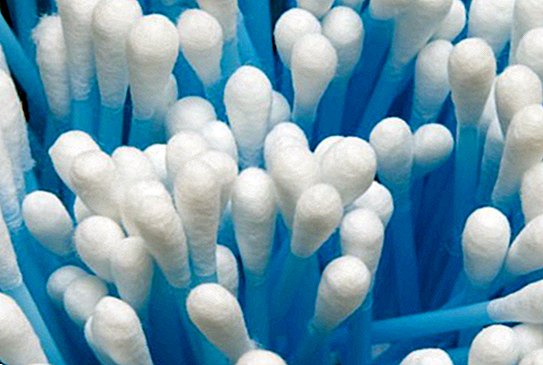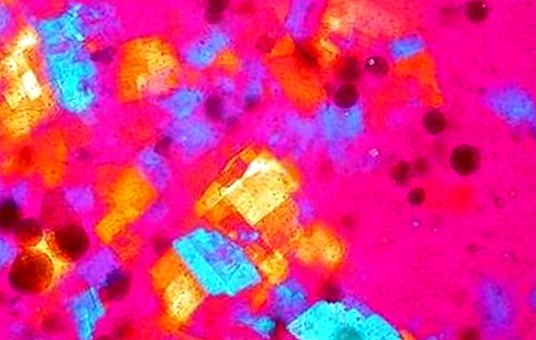The good news: They find possible treatment for cirrhosis
There are many different diseases that can affect the liver, a very important organ that, among other vital functions, participates in a wide variety of metabolic and hormonal functions. For example, it is responsible for the metabolism of fats and carbohydrates, stores fat-soluble vitamins (A, D, K and E) and glycogen, destroys toxins from those wastes produced naturally by our body (as it is the case of ammonia), and destroys aged red and white blood cells.
One of the disorders that most tend to affect you is the hepatic cirrhosis. It is a chronic liver injury that is characterized by the accumulation of scars (fibrous nodules) in the tissue, which interfere in a negative way both in its structure and normal operation. This cluster of scars complicates the correct blood circulation through the liver, which generates portal portal portal hypertension, so that to release pressure in the vein, collateral blood vessels are generated outside the organ.

These blood vessels tend to form varicose veins both in the stomach and in the esophagus, while being so fragile they are much more prone to break causing very intense hemorrhages and difficult to stop.
What are the main causes of liver cirrhosis? Mainly alcoholism, hepatitis C and obesity. In this last case it has a lot to do with fatty liver, a disease that increases alarmingly every year and consists of excessive accumulation of fat in this body as a result of excess weight.
The problem of the generation of collateral blood vessels is twofold, since on the one hand there would be less blood to the liver which causes more liver damage, and on the other the blood vessels would be of poor quality. In an attempt to repair the lesions the liver cells work actively, but in the end this regeneration, which at other times is very beneficial and positive, becomes a very negative circle.
As we have known today, researchers from the Biomedical Research Institute of Barcelona have just discovered a possible medical treatment for cirrhosis, discovering that the CPEB4 protein it would be the molecule to be disabled in order to prevent the generation of new abnormal blood vessels when cirrhosis is present.
In the words of the researchers, a treatment or medical therapy aimed at reversing collateral blood vessels would be efficient.

What is the current medical treatment for liver cirrhosis?
Until now we are facing an irreversible disease. Therefore, the treatment and the advice or measures to be pursued aim to stop the liver damage as far as possible.
Thus, for example, it is essential to limit the use of drugs and stop drinking alcohol, being of vital importance to avoid other diseases that cause liver damage as for example is the case of viral hepatitis A and B, in addition to others such as pneumococcal pneumonia or the flu itself.
The administration of drugs helps to reduce the venous pressure in patients with esophageal varices, in order to avoid breakage and to produce intense hemorrhages. While hepatic encephalopathy is treated with antibiotics and laxatives in order to reduce ammonia levels in the blood.
Source | 20 Minutes This article is published for informational purposes only. It can not and should not replace the consultation with a Physician. We advise you to consult your Trusted Doctor. ThemesLiver diseases Liver



